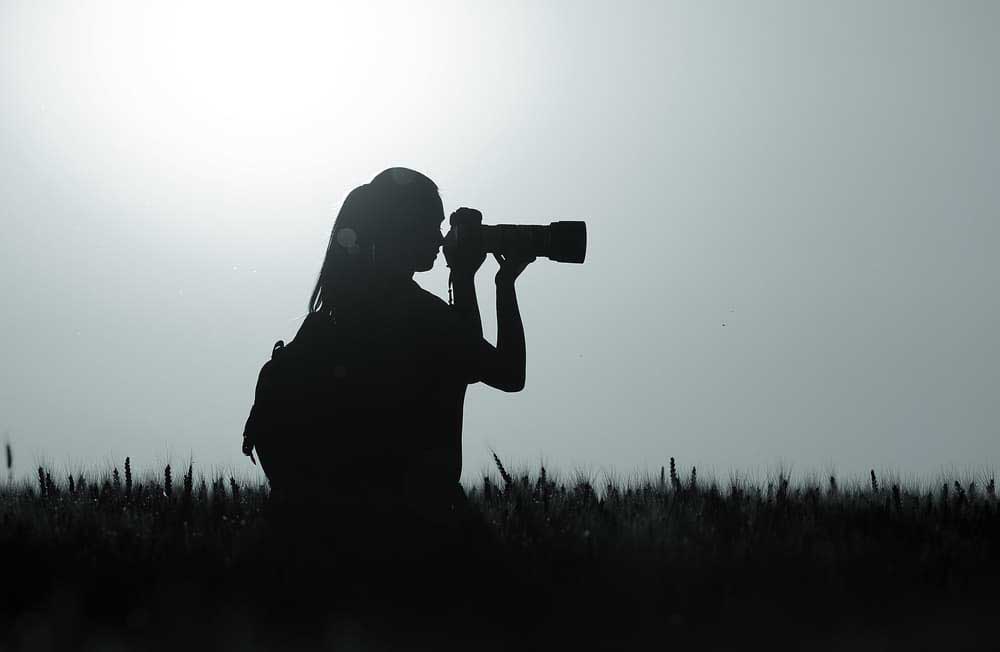5 Tips for Taking Stunning Pictures of Wildlife and Nature
9 January 2018
One of the best ways to experience the great outdoors is to get into nature and wildlife photography, but how can you make sure that you’re getting the best snaps possible?
While it certainly helps, you don’t need to go out and buy a fancy top of the range camera and, in fact, most compact cameras, or even the one on your smartphone can still capture some great shots.
With that in mind, here are some top wildlife photography tips which should see a great improvement in your nature photographs when you’re out and about.
The Rule of Thirds
Composition is one of the most important factors in a good photo and basically refers to how the elements sit within the frame.
The ‘Rule of Thirds’ is one of the most important rules in photography, but it’s also a very simple one, thankfully.
Essentially, you need to imagine that your frame is split up into nine equal sections (like this). Your camera or phone might even allow you to bring up a grid display to help with this.
The points where the lines intersect on this grid are ‘sweet spots’, where the subject looks more aesthetically pleasing, so try to bear this in mind.
While this is a good rule, rules are there to be broken, so don’t feel like you have to stick to it religiously!
Get Up Close and Personal
Other wildlife photography tips include that close up shots work particularly well in nature photography, when you’re trying to capture the features of the tiny creatures that you meet.
There are a couple of ways to get closer to your subject, but the simplest is to actually physically get the camera as close as you can, although this isn’t as easy as it sounds when your subject is probably just going to run, fly or swim away when you get close.
If you have a DSLR camera with a telephoto lens or even just a compact one, you should be able to zoom in on the subject from some distance, but one good tip is to use a pair of binoculars to focus on your subject if your camera won’t zoom far enough.
Finally, if you’ve got the kit, one of the more advanced methods is to use a remote trigger. This method can be a more time consuming and tricky to get right, but when you do you can get some truly unique perspectives.
Make the Most of the Light
Good lighting is essential to your pictures and you may have heard of the ‘golden hour’, which is a time when the sun is rising (or setting) when the daylight is a lot redder and softer than during the rest of the day, which not only looks amazing in itself but will cast some nice shadows and textures onto your subjects.
This Golden Hour Calculator can help you work out when to capture the golden hour where you live, but what if you can’t get out during this small window?
Where possible, you should try to avoid the hours around the middle of the day, due to bright spots, dark shadows and the fact that your subjects will be lit from above.
Of course, this is all assuming that the sun is out, which in Britain, it likely isn’t! Sometimes though, your pictures can actually benefit from the soft, uniform light that cloud cover brings, getting rid of any harsh bright areas.
Don’t Panic About Equipment
Lots of people are put off from getting into photography because they worry that they don’t have all of the right gear, or can’t afford it.
As we’ve said, a fancy camera can be nice, but it’s certainly not essential, and it’s how you use your camera that matters the most.
Similarly, while we would recommend buying a tripod if you can afford one, if you don’t have one, you just need to get creative!
Try to use things in your environment such as rocks and fences to steady the camera. Using the timer on the camera is also a good idea once you’re set up, because this minimises any movement that comes from you pressing the button.
And instead of buying lenses, why not try some unconventional alternatives, such as a pair of sunglasses, a wine glass or some Vaseline, all of which create some very different effects! Here are some more examples of some DIY lenses you can use.
Keep at It!
This final one is quite obvious, but it applies to anything you do in life. Keep practicing and trying new techniques and, in time, you’ll see an improvement in your pictures.
Always take your camera with you when you’re out and about and you’re bound to keep finding new opportunities and scenes to capture.
If you’re looking for a new environment to explore, enjoy our wildlife photography tips and be sure to check out our parks around the country here at Pure Leisure!


